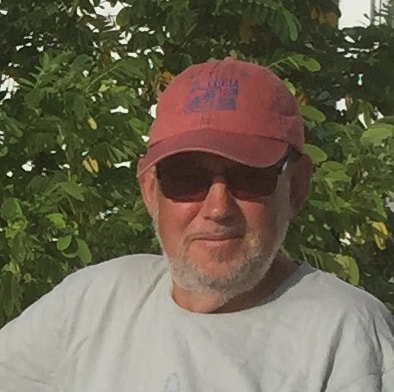Bycatch Working Group
Co-Chairs
- Dr Dave Kulka | based in Canada (North America Region member)
- Dr Gustavo E. Chiaramonte | based in Argentina (South America Region member)
Introduction
The 1995 FAO Code of Conduct for Responsible Fisheries calls for the sustainable use of aquatic ecosystems and requires that fishing be conducted with due regard for the environment. This includes conservation of biodiversity of ecosystems by minimizing fisheries impacts on non-target species. Bycatch and discards threaten the long-term sustainability of marine species and this is particularly the case for elasmobranch species as they are commonly taken incidentally or in mixed fisheries. The issue is complex, and the scope global as sharks, rays and chimaeras constitute bycatch in many world fisheries, such as industrial and artisanal that employ many kinds of capture methods. Fisheries management is often inadequate, and even basic monitoring of the bycatch removals is deficient or non-existent; records of capture are often minimal or lacking, making evaluation of extinction risk uncertain. International Guidelines on Bycatch Management and Reduction of Discards lays out a detailed set of objectives and actions for bycatch management for States and RFMOs who have jurisdiction over the particular resources. However, that control over the fisheries does not exist for the SSG and so our initial focus will be on an understanding of the issues.
A Working Group on Bycatch has been instituted to examine ways to better understand bycatch levels, particularly in terms of removals at a species level, and to examine ways to mitigate the issues. The scope of the WG is elasmobranchs taken as bycatch in global artisanal, industrial and other fisheries in particular rare, threatened, or protected species. The aim is to identify bycatch and discard issues, problems that constrain the evaluation of elasmobranch status. Through expert knowledge as well as literature searches the aim is to identify the type and quality of the information that currently exists, including considering the availability of expertise and information from participants in the fisheries, conservation groups, and other stakeholders, with the goal to ensure appropriate information sources are available for risk assessment.
A Working Group on Bycatch has been instituted to examine ways to better understand bycatch levels, particularly in terms of removals at a species level, and to examine ways to mitigate the issues. The scope of the WG is elasmobranchs taken as bycatch in global artisanal, industrial and other fisheries in particular rare, threatened, or protected species. The aim is to identify bycatch and discard issues, problems that constrain the evaluation of elasmobranch status. Through expert knowledge as well as literature searches the aim is to identify the type and quality of the information that currently exists, including considering the availability of expertise and information from participants in the fisheries, conservation groups, and other stakeholders, with the goal to ensure appropriate information sources are available for risk assessment.
The tasks of this Working Group will be to
- Formulate research priorities and examine shark bycatch research trends, and specify research needs as they apply to species at risk,
- Identify threatened species taken as bycatch, look at ways to improve species identification, and undertake studies on distributions and ranges of species taken as bycatch;
- Identify population-level effects on bycatch species and determine where bycatch of threatened species is most prevalent to identify elasmobranch hotspots;
- Describe fisheries and gear types resulting in the highest bycatch of elasmobranchs and formulate guidelines on how to obtain catch information from various fleets with case studies showing what has worked and where and why; and
- Identify strategies to reduce elasmobranch bycatch.
|
‘Bycatch in fisheries, whether discarded or landed, is the least understood component of mortality due to fishing and elasmobranchs are most commonly taken as bycatch or in mixed fisheries. For this reason, we feel that it is important to develop ways to quantify bycatch of elasmobranchs to evaluate their risk of extinction better.’
Dr Dave Kulka and Dr Gustavo E. Chiaramonte |
Explore the other IUCN SSC Shark Specialist Group Working Groups:


